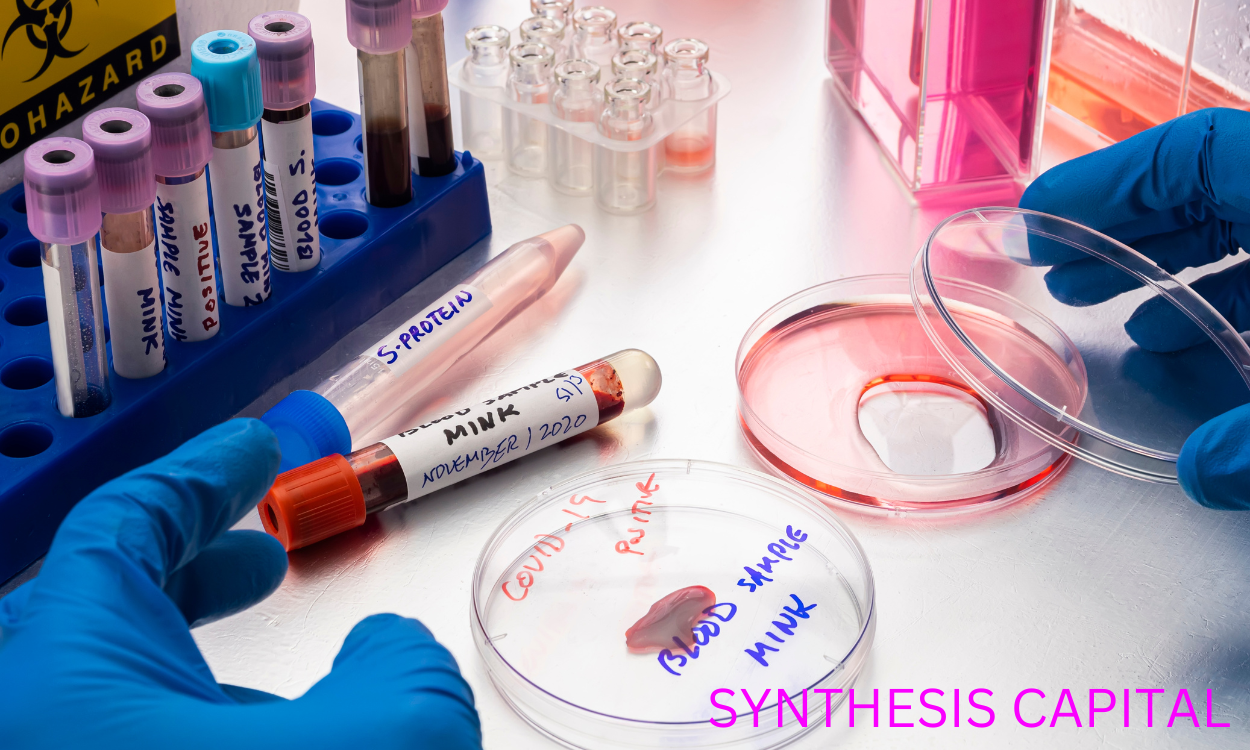Protein extraction from tissue is a critical process in the field of biochemistry and molecular biology. This procedure involves breaking down cells to release proteins that are crucial for various research purposes, such as studying protein functions, identifying biomarkers, and exploring disease mechanisms. By carefully isolating and purifying proteins from tissue samples, researchers can gain valuable insights into biological processes and pave the way for advancements in medicine and biotechnology. In this introductory paragraph, we will explore the importance of protein extraction from tissue and discuss some common methods used in this fundamental laboratory technique.
Common Methods for Protein Extraction from Tissue
The most common methods used for protein extraction from tissue include homogenization, which involves breaking down the tissue using mechanical force or sonication to release proteins; centrifugation, which separates the different components of the tissue based on their density; and precipitation, which involves adding a solvent or chemical to the tissue lysate to isolate proteins. Other methods such as dialysis, chromatography, and electrophoresis may also be used to further purify and analyze the extracted proteins. These techniques are essential for studying the structure and function of proteins in biological research and diagnostics.

How does the type of tissue being extracted from affect the protein extraction process?
The type of tissue being extracted from greatly impacts the protein extraction process as different tissues have varying levels of protein concentrations, structural complexities, and cellular components. For instance, extracting proteins from muscle tissue, which is rich in contractile proteins like actin and myosin, may require different extraction methods compared to extracting proteins from liver tissue, which contains a variety of enzymes and metabolic proteins. Additionally, the presence of lipids, carbohydrates, and other interfering substances in certain tissues can also affect the efficiency of protein extraction. Therefore, it is crucial to consider the specific characteristics of the tissue in order to optimize the protein extraction process and obtain high-quality protein samples for downstream applications.
What are some potential challenges or limitations associated with protein extraction from tissue?
Some potential challenges or limitations associated with protein extraction from tissue include the variability in protein solubility among different tissues, the presence of interfering substances such as lipids and carbohydrates that can inhibit protein extraction, the risk of protein degradation during the extraction process, the difficulty in obtaining high yields of proteins from small amounts of tissue, and the possibility of contamination from other cellular components or external sources. Additionally, the complexity of protein structures and the need for specific extraction protocols tailored to different types of proteins can also pose challenges in achieving accurate and reliable results in protein analysis.
Tips for optimizing the quality and yield of extracted proteins
The quality and yield of extracted proteins can be optimized through several methods such as adjusting the pH, temperature, and salt concentration during extraction to promote protein solubility and stability. Utilizing specific detergents or enzymes can help break down cell walls and membranes to release more proteins. Additionally, employing different extraction techniques such as sonication or homogenization can improve protein recovery and purity. Lastly, proper storage and handling of samples, as well as careful monitoring of extraction conditions, can also contribute to achieving higher quality and yield of extracted proteins.
Are there specific enzymes or reagents that are commonly used in protein extraction from tissue?
In protein extraction from tissue, commonly used enzymes include trypsin, which breaks down proteins into peptides, and proteinase K, which digests proteins by cleaving peptide bonds. Additionally, reagents such as detergents like Triton X-100 or SDS are often used to disrupt cell membranes and solubilize proteins. Other common reagents in protein extraction from tissue include buffers like phosphate-buffered saline (PBS) or radioimmunoprecipitation assay (RIPA) buffer, which help maintain the stability and solubility of proteins during the extraction process. These enzymes and reagents play crucial roles in breaking down tissue samples and isolating proteins for downstream analysis in various research applications.

Impact of tissue sample age and condition on protein extraction process
The age or condition of the tissue sample can significantly impact the protein extraction process due to factors such as degradation, oxidation, and denaturation. Older or degraded tissue samples may have lower protein yields and quality, as proteins may have already broken down or lost their native structure. Additionally, damaged tissues may release enzymes that degrade proteins during extraction, leading to contamination and reduced yield. Therefore, it is crucial to work with fresh and well-preserved tissue samples to ensure successful protein extraction and accurate downstream analysis.
What are some alternative techniques or approaches to traditional protein extraction methods?
Some alternative techniques or approaches to traditional protein extraction methods include the use of sonication, which involves the application of sound waves to break apart cells and release proteins. Another method is the use of detergents, which can disrupt cell membranes and release proteins into solution. Additionally, enzymatic digestion can be used to break down cell walls and release proteins. Other techniques include the use of organic solvents or chaotropic agents to disrupt cell structures and release proteins. These alternative methods offer advantages such as increased efficiency, higher yields, and reduced sample contamination compared to traditional protein extraction methods.
What are some potential applications of proteins extracted from tissue in research or clinical settings?
Proteins extracted from tissue can be utilized in a variety of research and clinical settings for various applications. In research, these proteins can be used to study specific biological processes, such as cell signaling pathways or protein-protein interactions. They can also be used to identify biomarkers for disease diagnosis or prognosis. In clinical settings, proteins extracted from tissue can be used for diagnostic purposes, such as detecting specific diseases or monitoring treatment response. Additionally, they can be used in therapeutic interventions, such as developing targeted therapies or personalized medicine approaches based on an individual's protein profile. Overall, proteins extracted from tissue offer a valuable resource for advancing our understanding of biology and improving patient care in research and clinical settings.